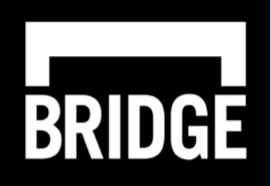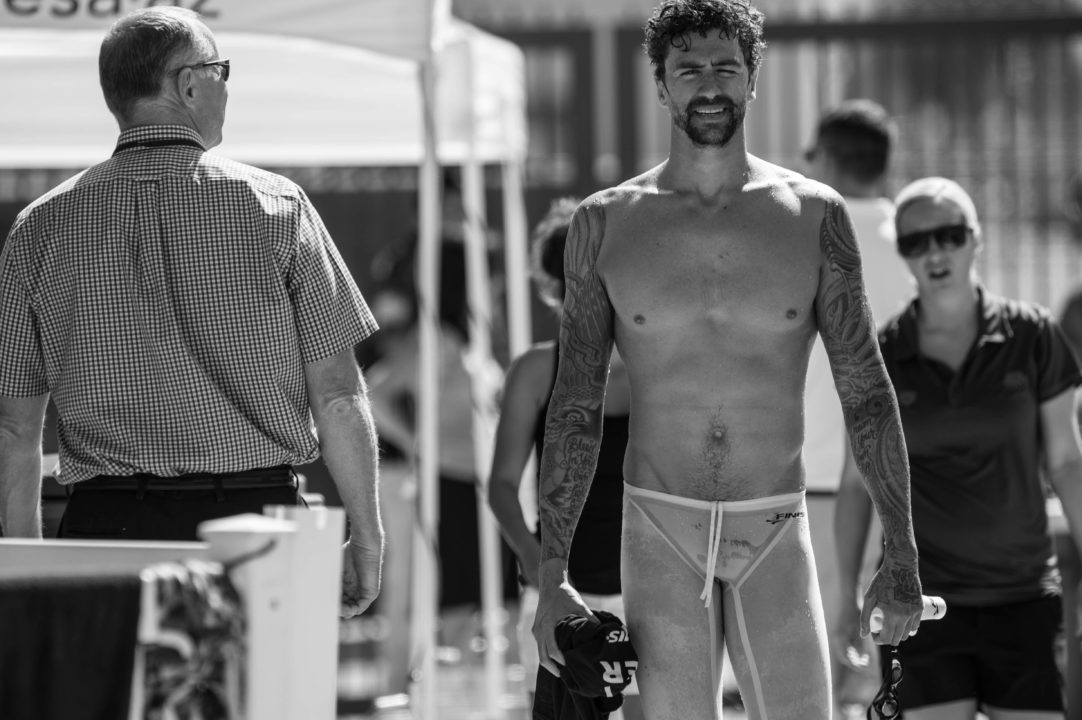Many elite swimming programs do not have access to a weight room or simply do not emphasize weight training due to athlete age, size, and any number of factors. How then do swimmers get their strength training without the amenities of a typical weight room? Let’s discuss all the equipment and tools you may need to execute proper strength training on the pool deck.
Resistance Tools
Much of outdoor strength training involves the use of resistance aids, your own bodyweight, and some free weights to progress through exercises. For resistance exercises, therabands and resistance bands can challenge the athlete to maintain form while keeping the band extended. Easily stretched bands can be used for injury prevention exercises for joints like the shoulder, knee, and hip. Thicker bands should be used for strengthening larger muscle groups in both the upper and lower body. Get creative with anything you can securely fasten the band around, whether it is a block, pole or your own legs to create the element of resistance on your muscles.
Using your Bodyweight
Bodyweight strength training can be extremely useful if the athlete is sufficiently challenged. Using equipment like TRX straps, stability balls, ladders, Airex pads, and cushioned boxes, the swimmer can improve whole body strength and stability. TRX straps are useful for various suspension exercises, including upper body rows, knee tucks, and pikes to name a few. Stability balls and Airex pads provide unstable surfaces that challenge athlete stability when performing exercises on them. Single-legged squats on an Airex pad or push-ups with feet on top of a stability ball are examples of this. Ladders address the athlete’s agility, body awareness, and speed. Running different patterns through the ladders is a great warm up exercise and can be done as part of a circuit as well. Cushioned, stable boxes are used for box jumps and step-ups. Swimmers should not progress to a higher box until they have demonstrated good technique on a lower one with a quiet landing. This translates well to the power needed in dives and flipturns. Nick’s Video Series on Seated Box Jumps can be attempted after basic box jumps—the athlete begins from a static crouched position and launches forward, very similar to the dive.
Free Weights
Free weights can be part of pool deck strength training as long as swimmers learn basic techniques with their bodyweight only beforehand. Both dumbbells (30lbs or lighter) and medicine balls are great assets to strength training. Medicine balls can be launched at a wall or to a partner to develop explosiveness, arm strength, and core strength. Free weights create greater resistance during squats, lunges, dead lifts and other lower body exercises and can be integrated into core training. Ultimately, learning strength exercises with free weights can be a great intermediate step prior to formal weight training. It will solidify the swimmer’s technique before progressing to heavier loaded exercises down the road.
Get Creative
You can build the strength program you need with a limited amount of equipment if you get creative with each exercise. Challenge your stability, power, and strength right there on the pool deck beginning with these three items:
- Resistance bands
- Stability Balls
- Medicine Balls
BridgeStrength coaches and athletes can access the full list of required equipment by logging in to their app.

About BridgeAthletic
 BridgeAthletic works with elite professional, collegiate, and club swimming programs to provide a turnkey solution for dryland training. Led by Nick Folker, the top swimming strength and conditioning coach in the world, our team builds stroke-specific, custom-optimized dryland programs for each of our clients. The individualized workouts are delivered directly to athletes via our state of the art technology platform and mobile applications. Check Nick and BridgeAthletic out as recently featured in SwimSwam.
BridgeAthletic works with elite professional, collegiate, and club swimming programs to provide a turnkey solution for dryland training. Led by Nick Folker, the top swimming strength and conditioning coach in the world, our team builds stroke-specific, custom-optimized dryland programs for each of our clients. The individualized workouts are delivered directly to athletes via our state of the art technology platform and mobile applications. Check Nick and BridgeAthletic out as recently featured in SwimSwam.
About Nick Folker
 Nick FolkerNick Folker is the Co-Founder and Director of Elite Performance at BridgeAthletic. Nick’s roster of athletes includes 35 Olympians winning 22 Olympic Medals, 7 team NCAA Championships and over 170 individual and relay NCAA championships. Megan Fischer-Colbrie works as the Sports Science Editor at BridgeAthletic. Megan was a four-year varsity swimmer at Stanford, where she recently graduated with a degree in Human Biology. The Championship Series by BridgeAthletic is designed to empower athletes with tips from the pros that will help them reach peak performance come race day. We will be covering competition-focused topics such as nutrition, recovery, stretching, and mental preparation.
Nick FolkerNick Folker is the Co-Founder and Director of Elite Performance at BridgeAthletic. Nick’s roster of athletes includes 35 Olympians winning 22 Olympic Medals, 7 team NCAA Championships and over 170 individual and relay NCAA championships. Megan Fischer-Colbrie works as the Sports Science Editor at BridgeAthletic. Megan was a four-year varsity swimmer at Stanford, where she recently graduated with a degree in Human Biology. The Championship Series by BridgeAthletic is designed to empower athletes with tips from the pros that will help them reach peak performance come race day. We will be covering competition-focused topics such as nutrition, recovery, stretching, and mental preparation.
Follow BridgeAthletic on Twitter here.
Like BridgeAthletic on Facebook here.
Swimming News / Swim Training courtesy of BridgeAthletic, a SwimSwam partner.

My son picked up this simple (no equipment required) dryland routine at a swim clinic.
25 sit-ups
25 crunches
25 vee-ups
25 donkey kicks
My son picked up this simple (no equipment required) dryland routine at a swim clinic.
25 sit-ups
25 push-ups
25 vee-ups
25 donkey kicks
For bodyweight exercises try doing Zuu or if you get the harness do ankorr drills
Swimming/Dryland Workout: (yards)
Swim 50 Freestyle sprint. Goal (:30)
Get out and do 25 push ups
Then do 35 jumping jacks
Complete as many rounds as possible in 45 minutes.
I have integrated using web gloves, kick boards and water weights into our strength training program. Using these tools in the water as resistance tools gives us an opportunity to focus on strength training while remaining in the water. We also include running laps while holding a kick board in a tomb stone position, cardio exercises like jumping Jack’s and using the kick boards flat while holding the nose and tail end and pushing it flat under the water like a press then pulling it back up to the surface. Great way to workout and it allows everyone to do it together.
Plyometrics are great when you don’t have a lot of equipment!